& Eco Tourism
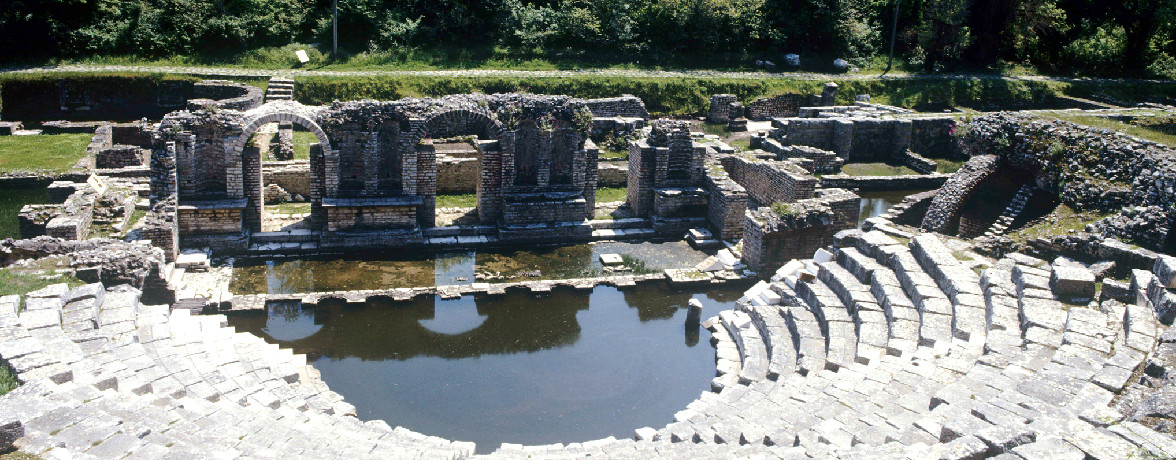
We focus on preserving the rich natural and cultural heritage of Albania and developing the economies of surrounding communities. Our objective is to implement sustainable projects that focus on local capacity building, increasing employment opportunities and creating strategic management plans for fragile natural or cultural heritage sites.
Projects
New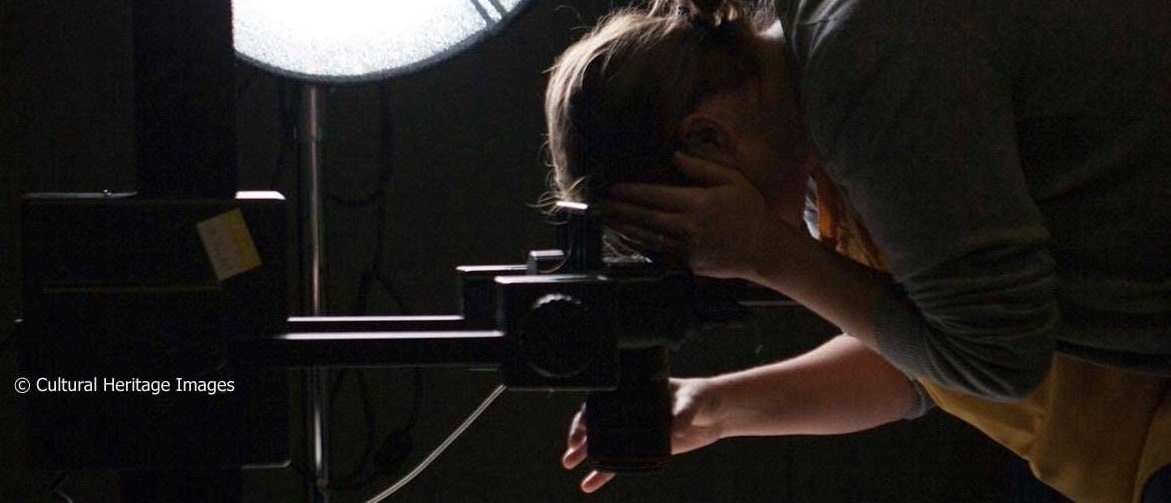
Empowering museums through technology
Expanding access, sharing content: Empowering museums through technology is a pilot project considers the digitization of the collections and application of in-site technology in 2 national museums dedicated to the medieval art and iconography. The National Museum of Iconography ONUFRI and the National Museum of Medieval Art, which have very reach collections and preserve some of the most significant artifacts of the Byzantine art, in the region. The project, aims to amplify the unique value of these museums by merging cultural heritage and new technology, both promising assets for a sustainable development of museum as main pillars of cultural tourism industry.
-
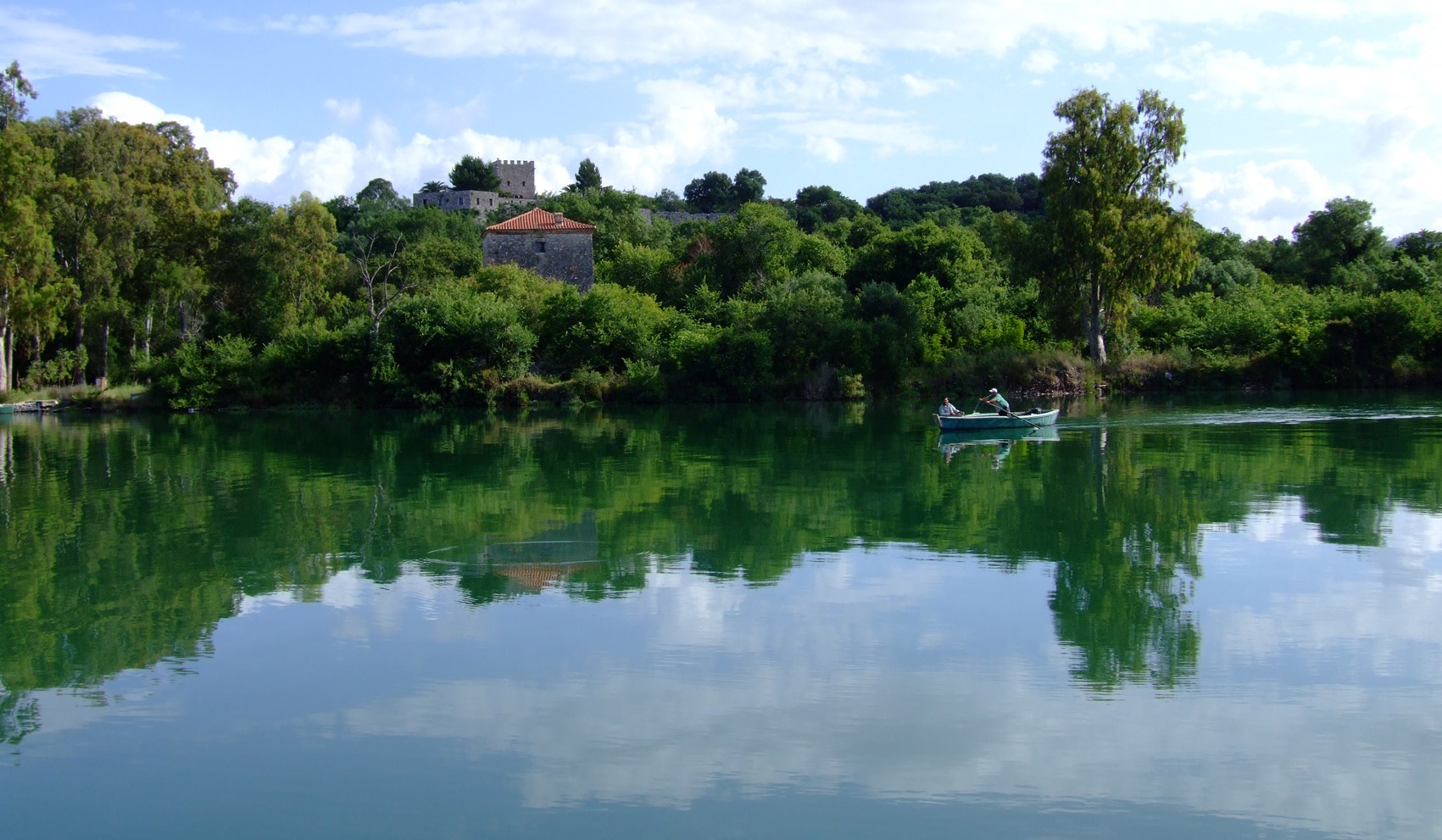
Butrint Integrated Management Plan
Butrint Integrated Management Plan is first of its kind to be undertaken by the AADF in collaboration with the Ministry of Culture within the framework of the new law in culture heritage and museums. It will conform to UNESCO terms and will provide fresh and innovative perspectives with tangible and measurable framework for the sustainability of the site. In long terms, the project aims to offer a new approach to heritage sites in the country by addressing issues relating to years of neglect, lack of adequate finances, sustainable conservation, increasing tourism, local capacity building and community outreach.
Read More -
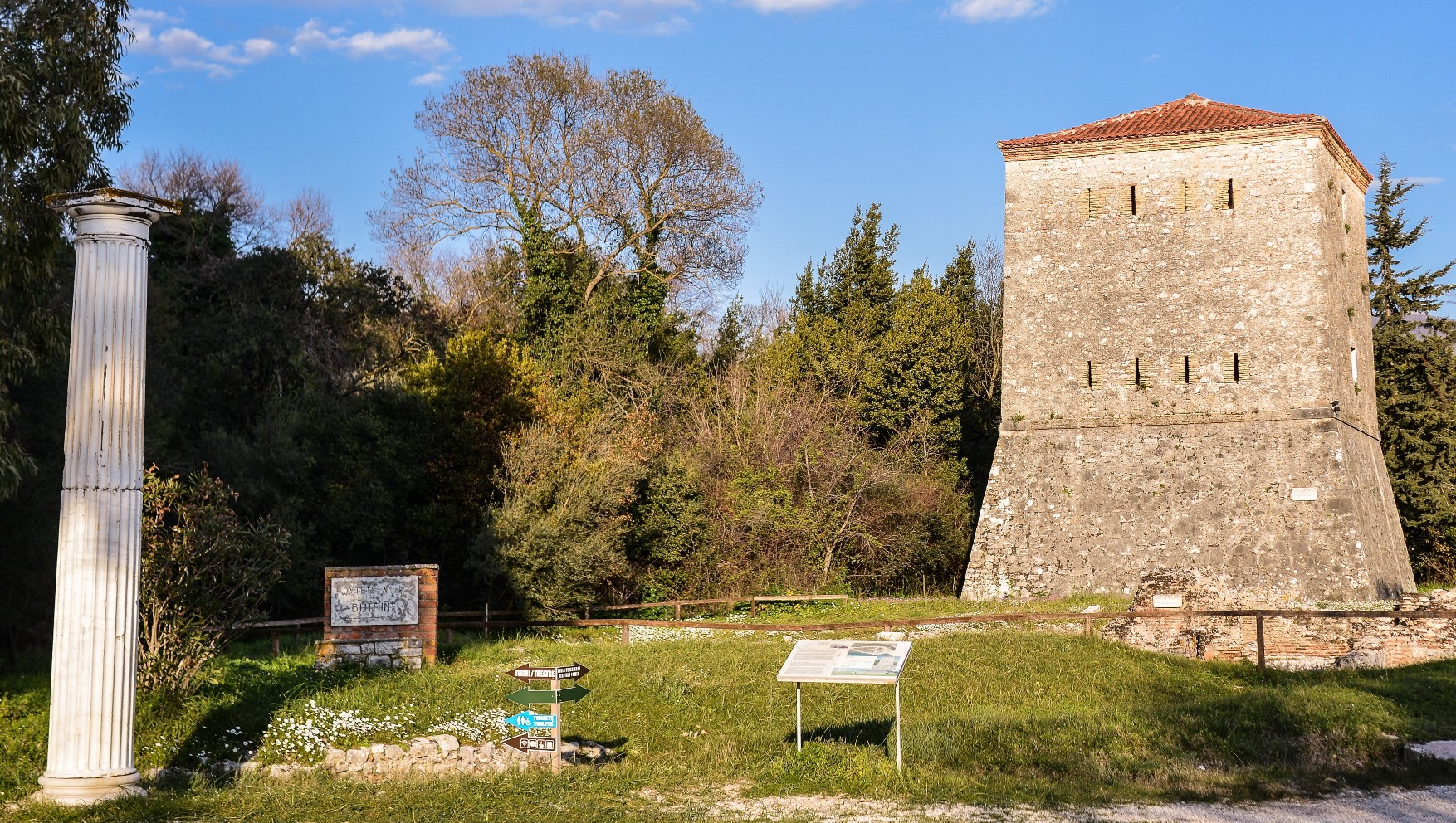
Albania’s Integrated Management (AIM) World Heritage Site of Butrint
Butrint is one of the world’s exceptional archeological, cultural and ecological landscapes, as testified by its inscriptions as a World Heritage Site (1992), a National Park (2000) and as a Ramsar site (2002). In the framework of the implementation of the new cultural heritage reform in Albania, the Albanian-American Development Foundation (AADF), in partnership with the Albanian Ministry of Culture, is collaborating on the creation of a new dedicated foundation that will govern the archaeological site of Butrint. In this context, the new engagement will provide a fresh management model through the establishment of a dedicated foundation, its operation through a site business plan and the new Integrated Management Plan.
Read More -
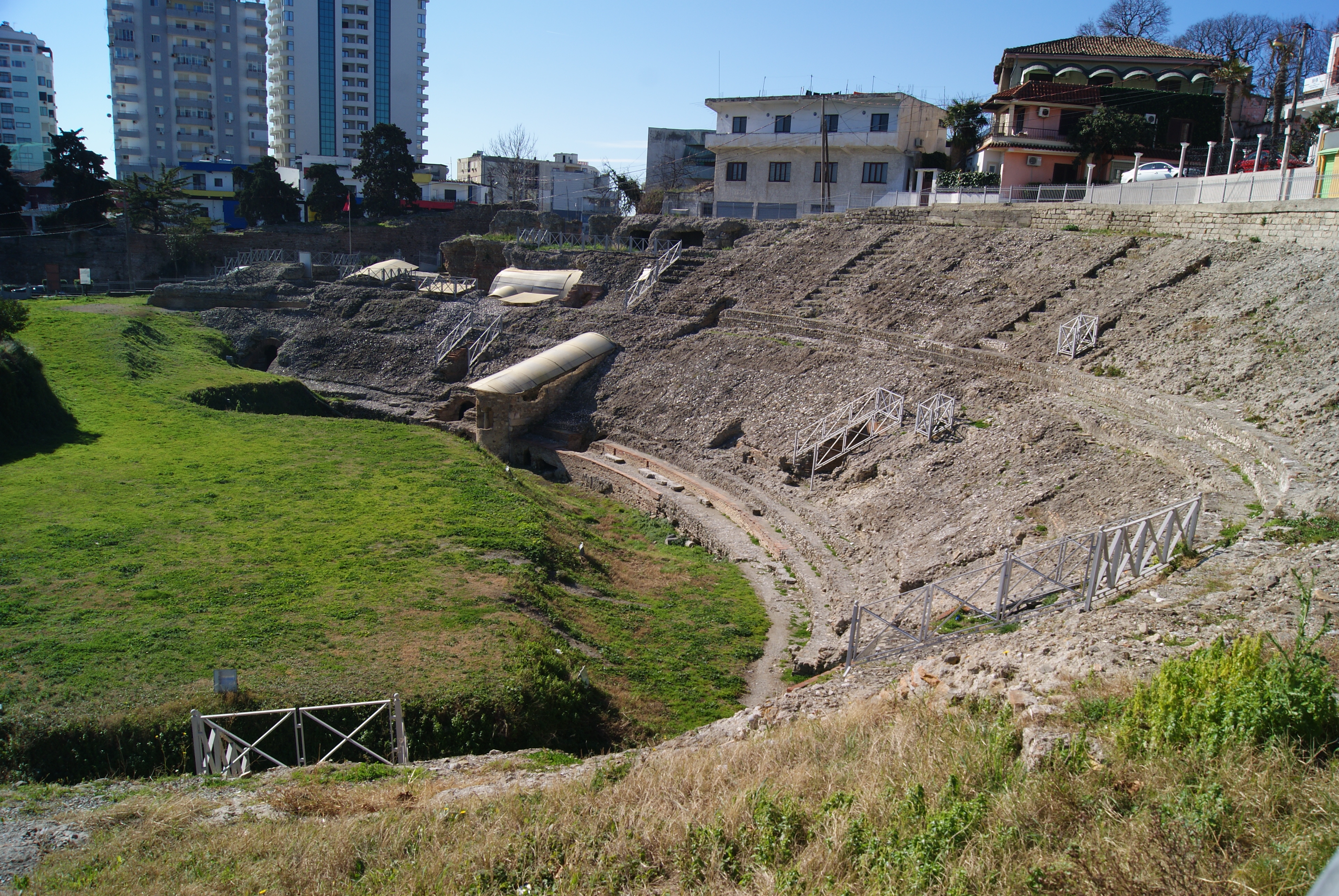
Integrated Management Plan of Durrës archaeological areas A and B
The Integrated Management Plan of Durres archaeological areas is the second of its kind to be undertaken by the AADF in collaboration with the Ministry of Culture within the framework of the new law in cultural heritage and museums.
The Project aims to provide a sustainable approach that integrates protection of the archaeological areas A and B with the need for economic development in the city. The Project is undertaken as a strategic intervention after the damage caused by the 6.4 magnitude earthquake registered in November 2019, and the need for a revival of Durres based on cultural tourism.
Read More -
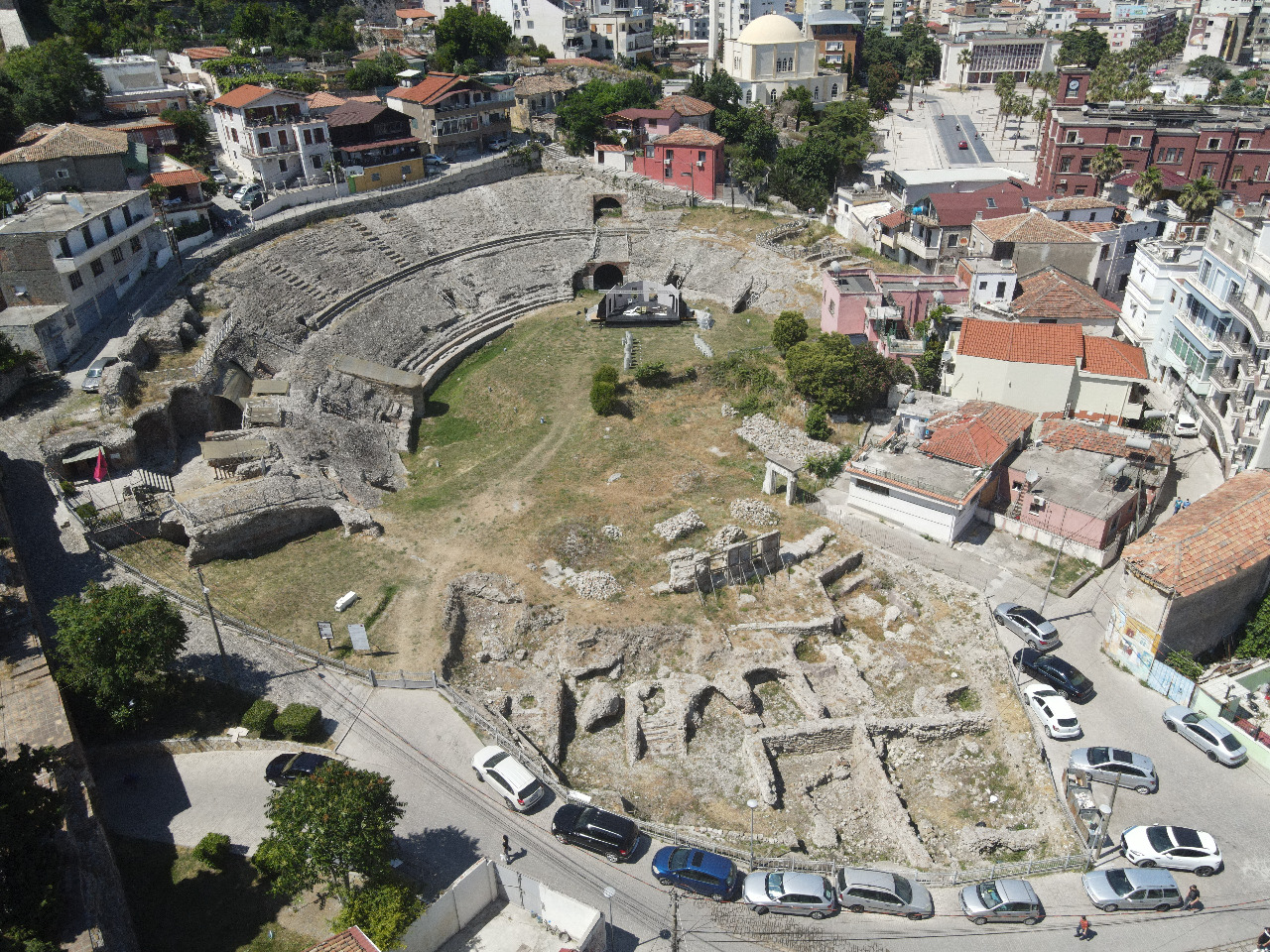
Durres Amphitheater Complex
The Roman Amphitheater of Durres along with the Byzantine Forum and Romans Baths, have unique archaeological, architectural, environmental, and social assets for the city’s future cultural tourism. AADF strongly believes that investments in their revitalization will contribute to re-connecting the physical and visual links between historical and cultural assets of the urban heritage of the city. In turn, they will serve as a tourism magnet and in the long run, transform Durres into a key tourist attraction in Albania and the region.
The project designs for the revitalization of the Amphitheater Complex and adjacent monuments will extend the range of conservation interventions while enhancing the sites through active archaeological excavations, presentation/interpretation, and valorization. They will further help in leveraging funds from other stakeholders and international partners for the overall implementation of the project.
Read More -
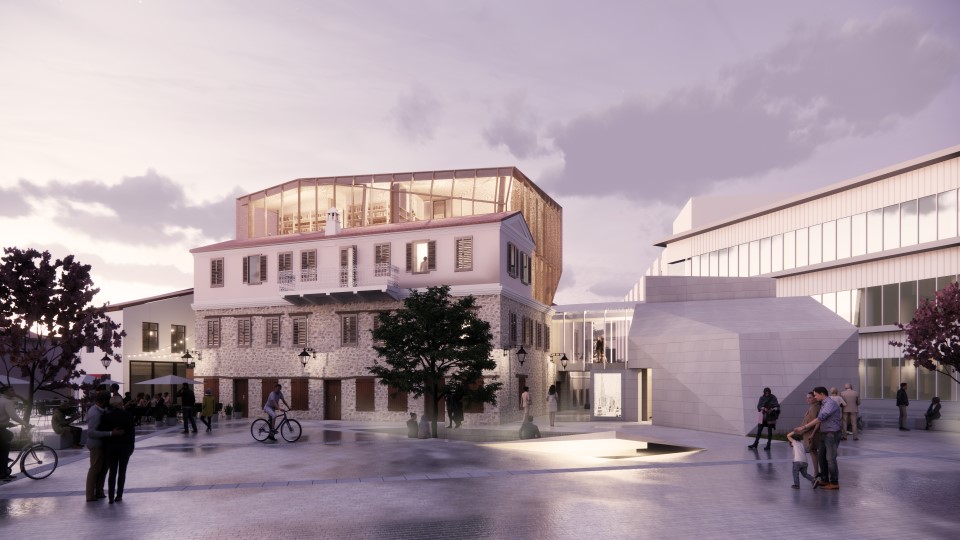
Albanian Jewish Museum
The Albanian Jewish Museum is part of the Cultural and Ecotourism sector portfolio and integral part of the revitalization of Vlora’s Historical Center. As one of its kind in Albania and the region, this museum will serve as a cultural magnet and will set a new standard for museums in Albania in terms of management, architecture, exhibition, and education. The conceptual framework for the museum, proposes the development of a 21-century museum, deeply connected to the place, to those who once lived there and to those who live there today, a welcoming place, accessible not only physically, but also intellectually; a place for tourists to visit, for locals to be proud of, and Albanian Jews to reconnect to their history.
Supporting the establishment of the Albanian Jewish Museum is a unique opportunity for AADF not only because the museum will be an important cultural institution, but also for the story it will tell, by letting the world know Albania’s traditions of solidarity and humanism as well as the special bond between Albanians and the Jewish community.
Read More -
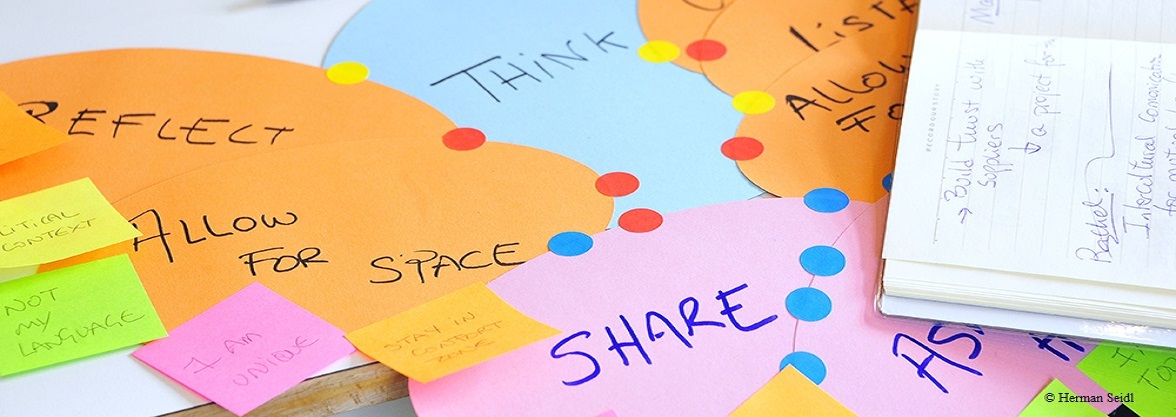
Culture Corps
Culture Corps is a new initiative of the AADF which aims to strengthen the cultural sector and to expand the possibilities for innovation and change through the power of creativity. In order to give the right tools to local cultural actors to drive the change in their communities, the project will provide opportunities for the next-generation of cultural leaders to receive the skills, knowledge and networks they need to jump start cultural entrepreneurship.
Read More -
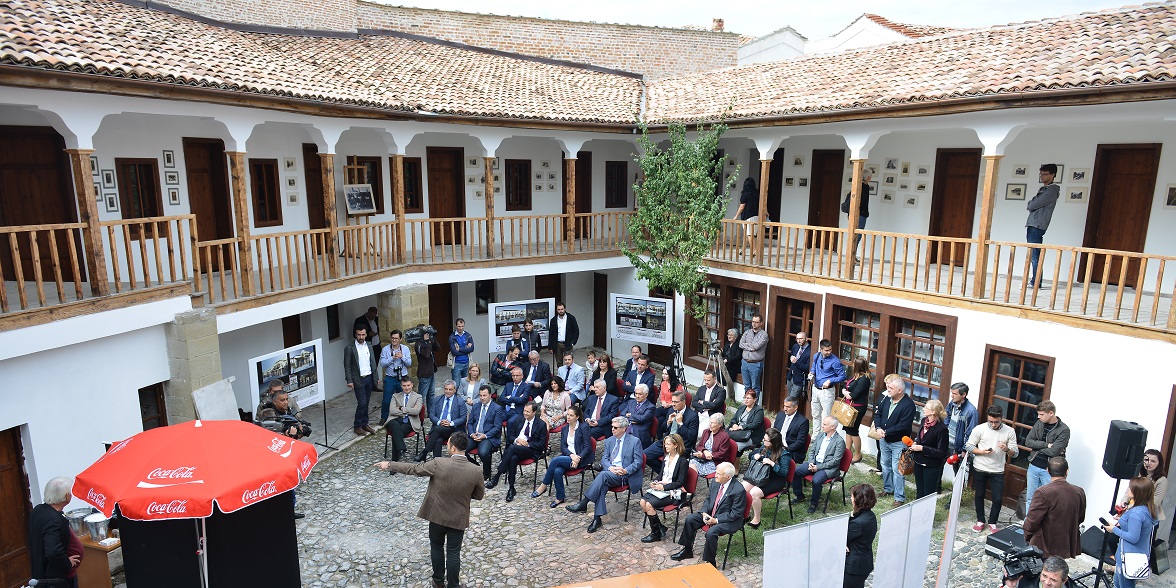
Regional Restoration Camps
Participants who take part in the Regional Restoration Camps follow a rigorous but fulfilling schedule combining theory with hands-on restoration work on historic monuments in Albania, Bosnia and Herzegovina, Kosovo or Serbia. Each intervention directly helps local residents by teaching them to use traditional materials and techniques to repair their valuable buildings and by providing a new way of understanding, interpreting and revitalizing them. During the Camps, participants stay in accommodation on site, attending lectures in the morning and working to complete a hands-on restoration project on a historic building in the afternoon. Lectures are conducted by professional conservators and professors who come from prominent local and international institutions. Works on site are guided by a master crafts person, who teaches techniques and ensures that the restoration work is of the highest quality. At the end of the Camp, participants are evaluated on their knowledge of the lectures and their work on site, and they also evaluate their Camp experience.
Read More09.30.2018 Visit of the AADF Board to CRR Gjirokastra -
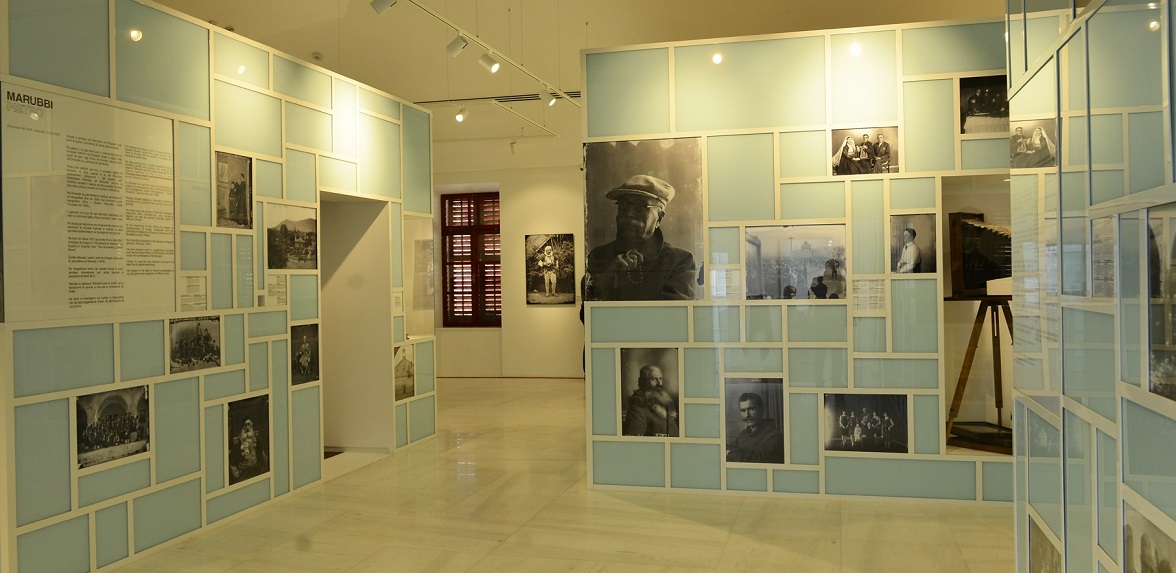
The Marubi National Photo Museum
The Marubi National Photomuseum is one of the most valuable national, cultural, historical and touristic institutions in Albania. Located in Shkoder, it was established in 1970. The museum houses photography dating back to 1858, including some of the first photographs captured in Albania. The total number of glass negatives and films preserved in the photo library is about 500,000. The Government of Albania, Albanian Development Fund, European Commission and the AADF have created a development program for the Museum which will include physical renovations, expansion of visitor services and technical capacity building. The project aims to create a state-of-the-art museum with the highest international standards in preservation, security, exhibition of materials and accessibility. The museum is expected to open for visitors early 2016.
Read More -
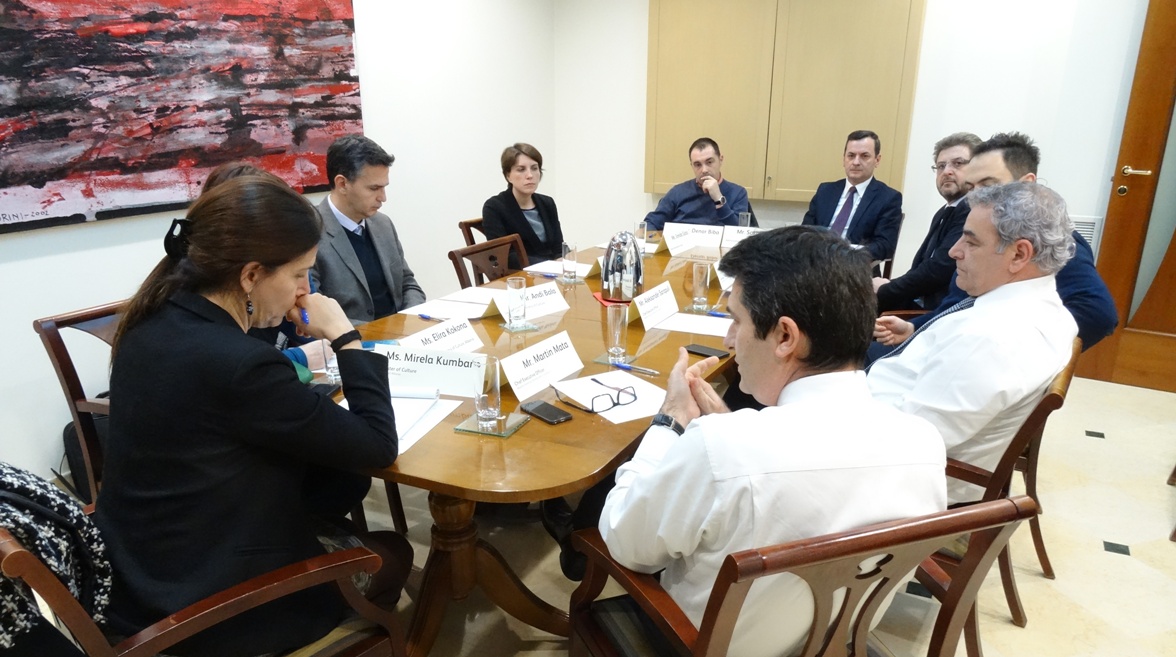
Legal Reform In Cultural Heritage
The Legal Reform in Cultural Heritage project will strengthen the authority of cultural sites to better oversee operations and control the integrity of these sites. From a strategic viewpoint, the project aims to present a new legal framework that will empower site administration to look after operations more efficiently. AADF is providing the necessary legal assistance to finalize the law and pass Parliament by 2015.
This project was initiated to provide an independent management of Butrint National Park as a stand-alone site. The new law combines the advantages of running the site as a private enterprise, and at the same time maintaining its public interest intact. The model introduced through the legal reform will make the Park institutionally and financially independent, and thus help overcome its current struggles.
Read More -
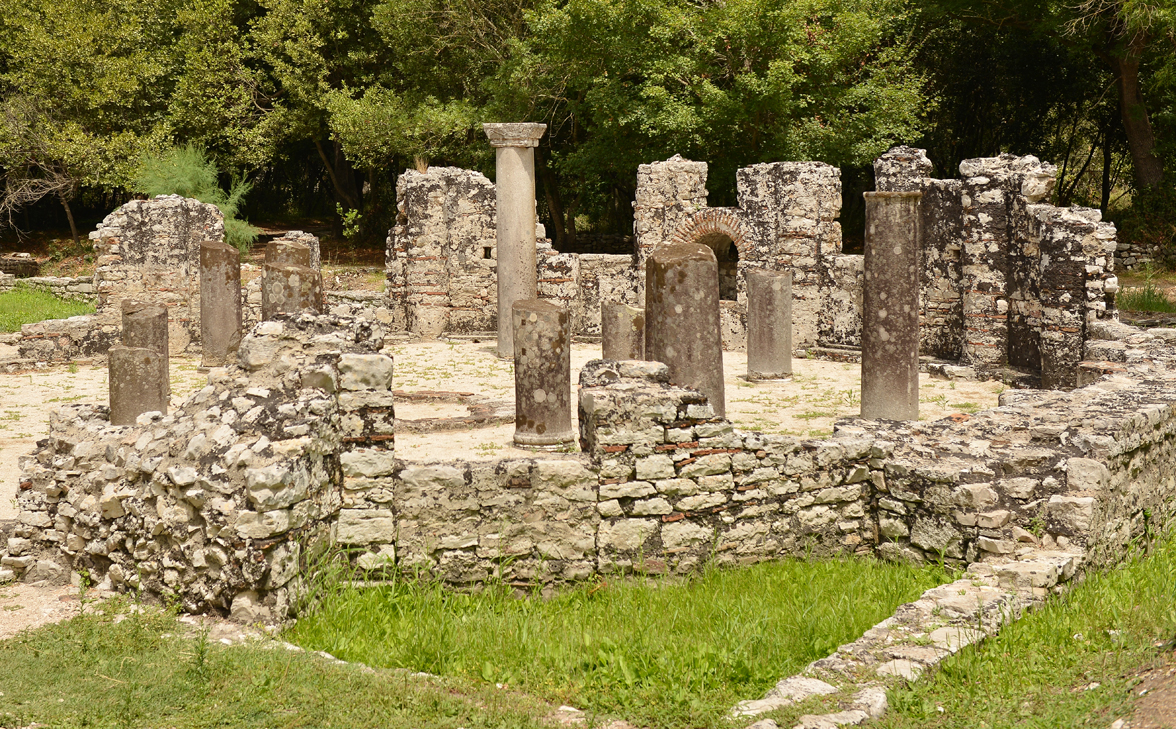
Butrint National Park Support Program
Butrint National Park is a UNESCO world heritage site which encompasses an archaeological site of great historical value and a wildlife preserve which is the richest site of biodiversity in all of Albania. Tourist traffic has been increasing in recent years and the Park has searched for a way to handle this more effectively. The AADF implemented a project which focused on the improvement of tourist accessibility and included: replacement of the security cameras at the Butrint Museum, improvements in landscaping, installation of a modern ticketing system to facilitate better revenue tracking and financial reporting, and new multilingual signs throughout the premises.
Read More -
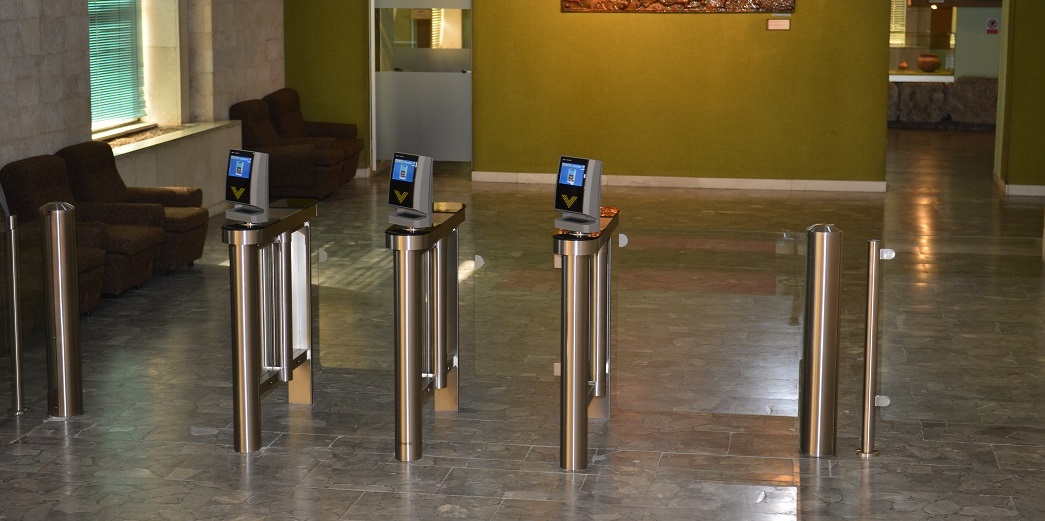
Electronic Ticketing Systems in Cultural Heritage Sites
The AADF aims to promote transparency and ensure direct financial support for Albanian cultural heritage sites through the contribution of electronic ticketing systems. The six most visited sites in Albania were chosen as recipients: Skanderbeg Museum and Kruja Castle, National History Museum, Berat Castle, Apollonian Archeological Park, Castle of Shkoder, and the Castle of Gjirokastra. Formalizing the ticket collection process for these sites will increase efficiency and will lead to the implementation of modern financial reporting. Site managers will directly benefit from the data collection capabilities that these systems provide because it will simplify planning and improve resource allocation.
Read More